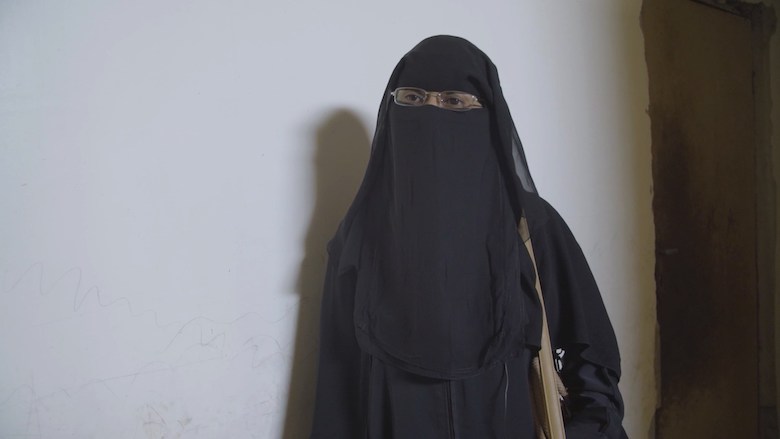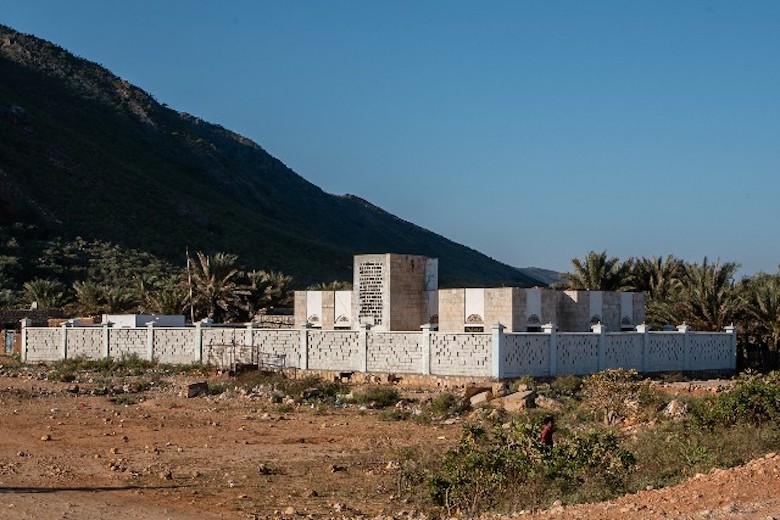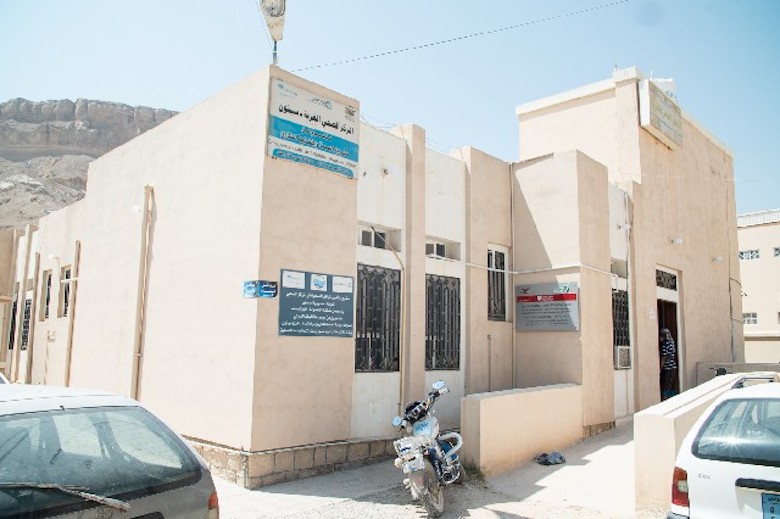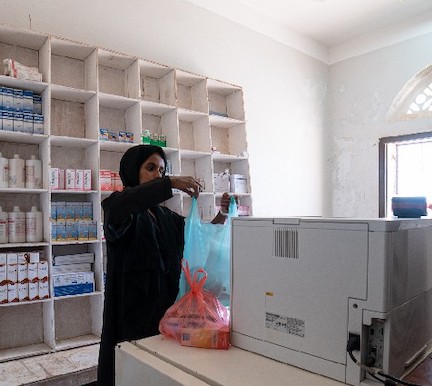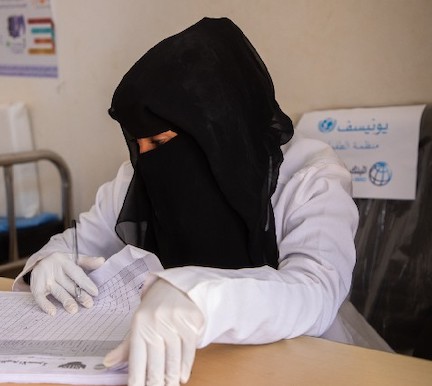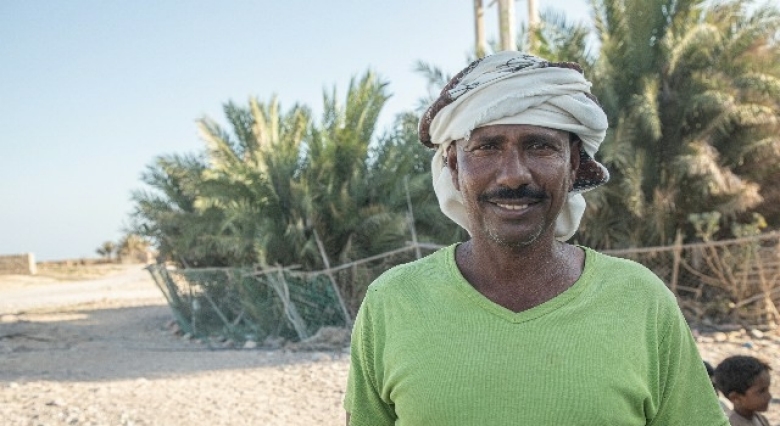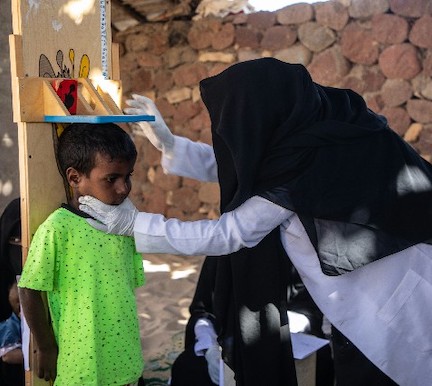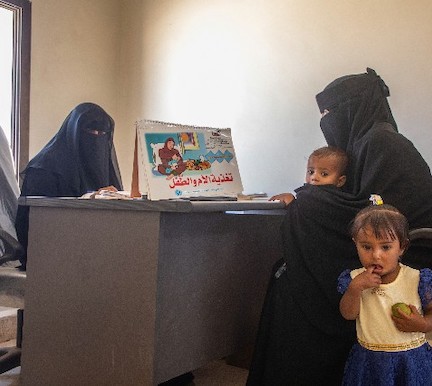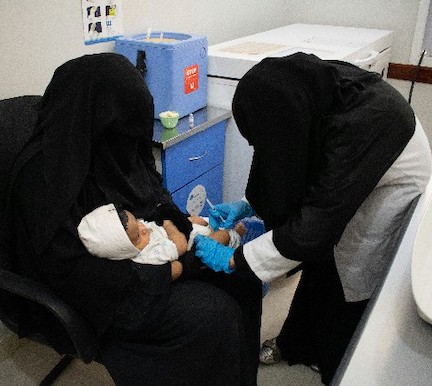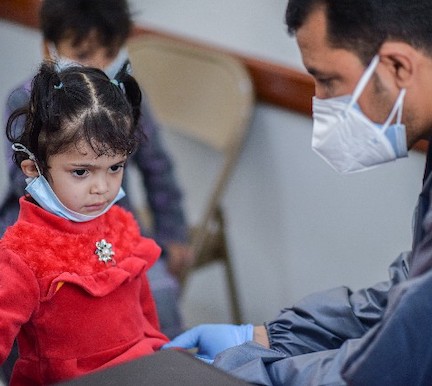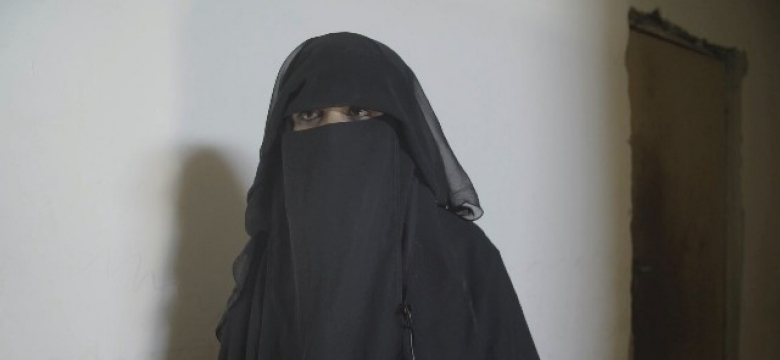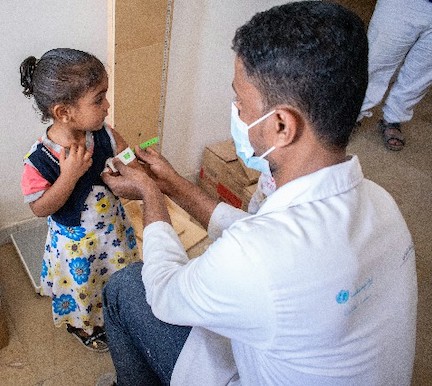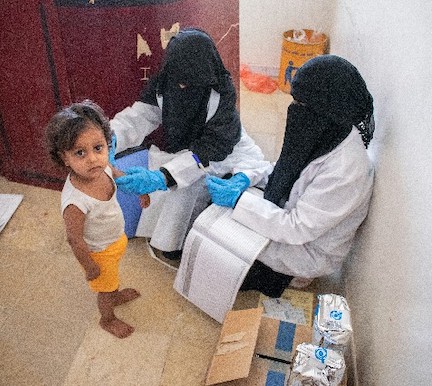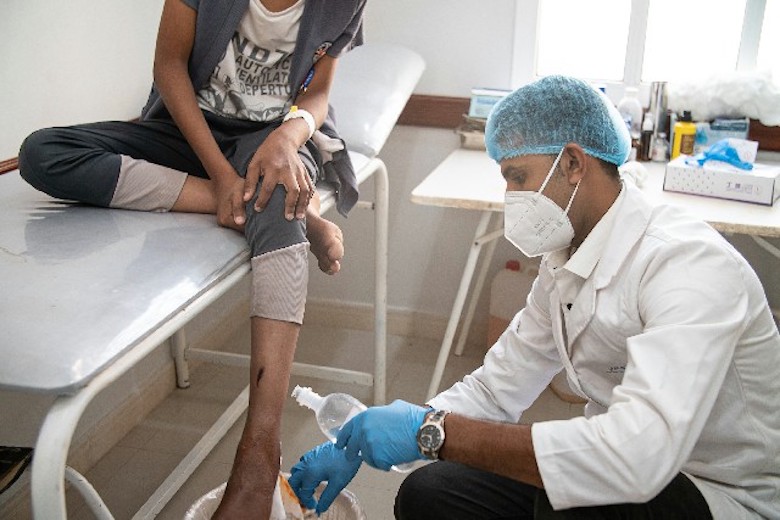Yemen currently holds the unenviable title — the epicenter of the world's worst humanitarian crisis, with nearly half its population on the brink of famine, hundreds of thousands affected by cholera, and more than 20 million people in need of humanitarian assistance and protection.
Protracted conflict has severely affected the country's healthcare system since 2015. Essential medication and equipment have been in short supply throughout the war; barely half the nation’s public health facilities are fully functional; and for three years, healthcare workers went unpaid. As a result, many workers have been forced to quit healthcare and, even now, in a time of great need, facilities are losing staff as the nation is gripped by COVID-19.
